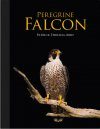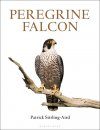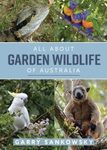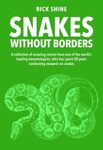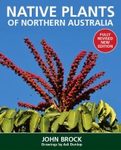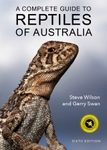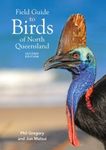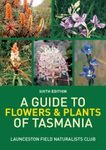"When I was a boy, seeing a peregrine falcon Falco peregrinus always seemed more difficult that it described in the books! In those days they were still pretty rare, slowly recovering from the effects of DDT, and invariably miles away on a muddy estuary. Today, they are hard to miss, and it is a delight to see them breeding in our towns and cities.
Few books have been published on peregrines in recent years, so this volume by Patrick Stirling-Aird, secretary of the Scottish Raptor Groups, is most welcome. It is an informative and relaxing read, and has numerous stunning colour images, from the intimate scene of a pair mating to a parent delicately feeding its chicks. I particularly like one showing three chicks on a ledge; it seems that you are peering into their lives.
In the introduction, fascinating topics such as taxonomy and evolution are discussed in simple terms, making it easy for those delving into this subject for the first time to understand something of these complex topics. Now I understand how the peregrine came to be! Nine chapters discuss a range of subjects ranging from distribution to interactions between peregrines and other species. I was surprised to discover that this falcon often nests in association with Canada geese Branta canadensis, which warn of approaching predators. The relationship between humans and peregrines, from falconry to persecution, is explored, and past and present threats are discussed. It also covers those who have written about and celebrated the peregrine, and includes the poem by Sir Walter Scott published in 1810.
A large proportion of the book is devoted to the peregrine's breeding cycle – the period in which peregrines are most active, and also that which enthusiasts and ornithologists most enjoy studying as it shows the more intimate side of the peregrine's life. The book wouldn't be complete without a review of this renowned predator's varied diet, and the aptly named 'Homes and Meals' chapter discusses much of their recorded prey and hunting behavior, including reference to my own work discussing their night-hunting habits (Brit. Birds 101: 58–67). The final chapter explains how to see peregrines and what behaviours to look and listen for at different times of the year.
The final image, on the index page of the book, is a brilliant montage showing a juvenile peregrine dropping through the sky in a stoop dive. It sums up the species well, and shows just why we may want to discover more about the fastest bird in the world."
– Ed Drewitt, www.britishbirds.co.uk, 13-11-2012
"For me, the peregrine falcon is one of a small group of special birds that I vividly remember seeing for the first time, and I believe it holds a similar significance for most birders around the world. This is a truly global species, being on the checklists of more than 200 countries, and thankfully making a comeback from decline in many of them. This is the third in a series of well-illustrated short monographs published by New Holland that aim to give the reader an overview of the subject without getting bogged down in the detail. The previous subjects have been the Kingfisher and the Barn Owl. Patrick Stirling-Aird has studied birds of prey in Scotland for over 25 years, and is Secretary of the Scottish Raptor Study Group.
The first chapter deals somewhat unnecessarily with the Falconiformes as a group and the genus Falco in particular. Thankfully, much of this information does relate quite well to peregrine falcons, but I would suggest the publisher rethinks the need for this in future volumes. The author recognises 19 races of the species, choosing to lump barbary falcon, although almost everyone (except HBW) splits it as a full species... There are eight chapters describing aspects of the peregrine's life. Distribution is described in some detail for Europe and North America, where the species has increased greatly since the 1970s. Indeed, peregrines now have "Green" status in Britain and are nesting in very public places, while, in the USA, a reintroduction programme has had impressive results. The two longest chapters cover feeding and the breeding cycle. Food items from across the species' range are discussed and compared – with 137 different bird species having been recorded as taken in Britain. These include other peregrines in a small number of cases! Most aspects of this well-studied bird's life are covered – but this is not designed to be an in-depth assessment, and so there is little detail. The author draws on his own wealth of experience with peregrines in the Scottish Highlands, but I would have been interested to read more about urban nesting, which really is where the population increases are now occurring.
This book has a very good selection of 80 high quality colour photographs which are used to great effect and (as with the previous titles in the series) make it very good value for money and an enjoyable read."
– Keith Betton, Birding World 25(11), December 2012







